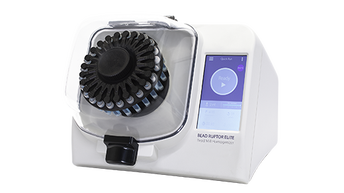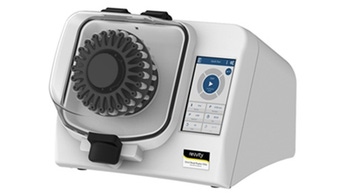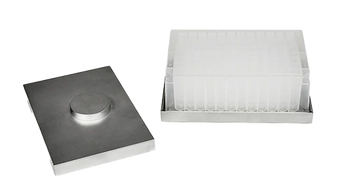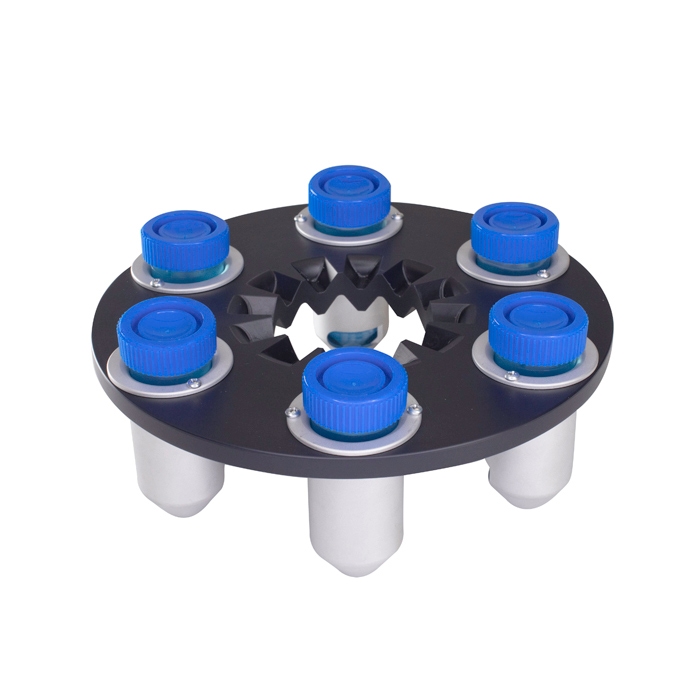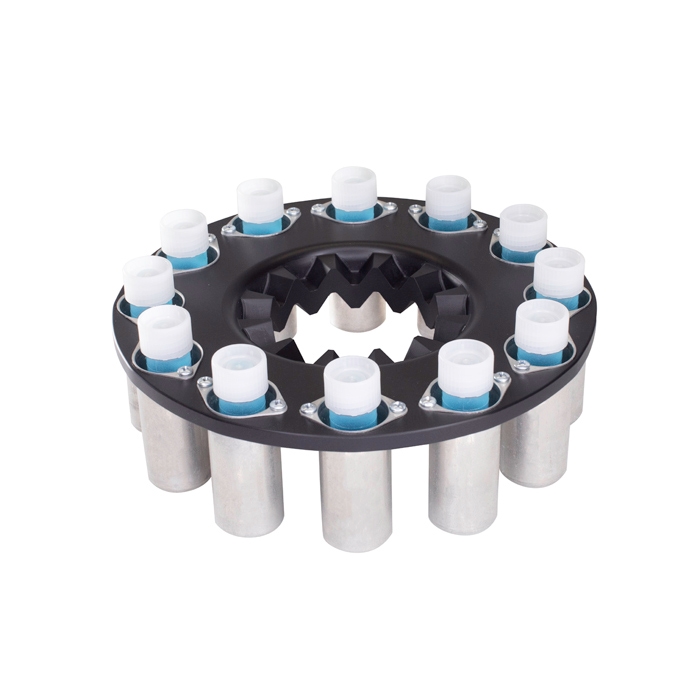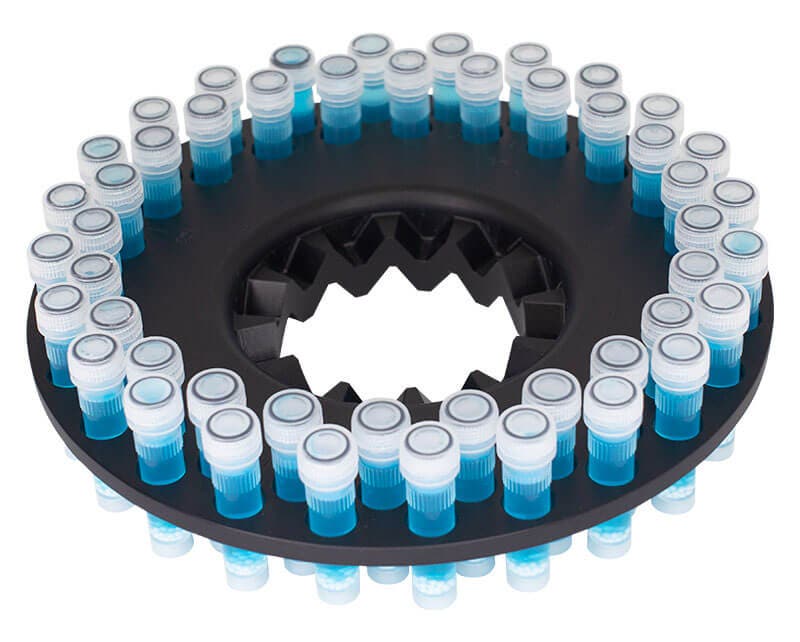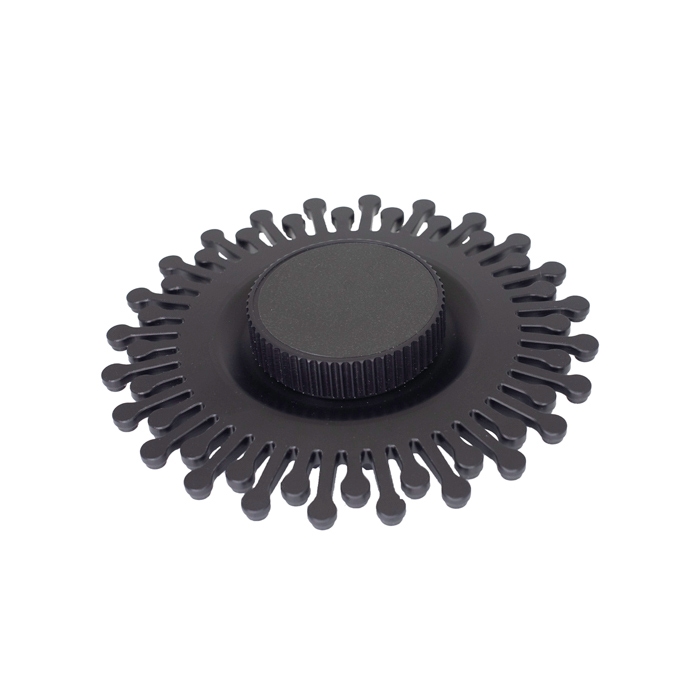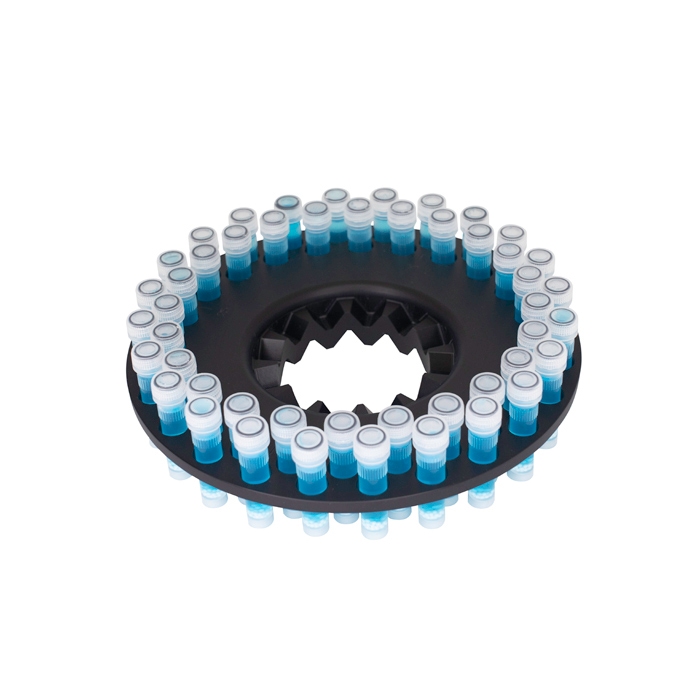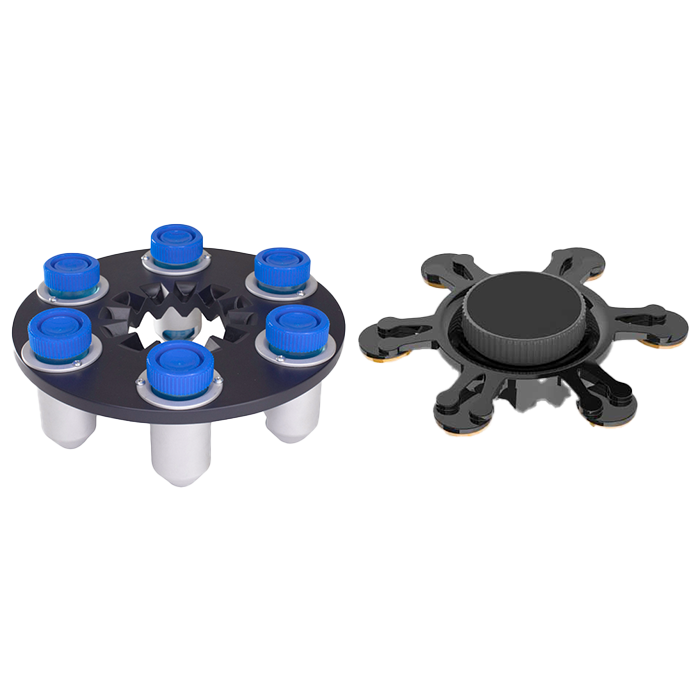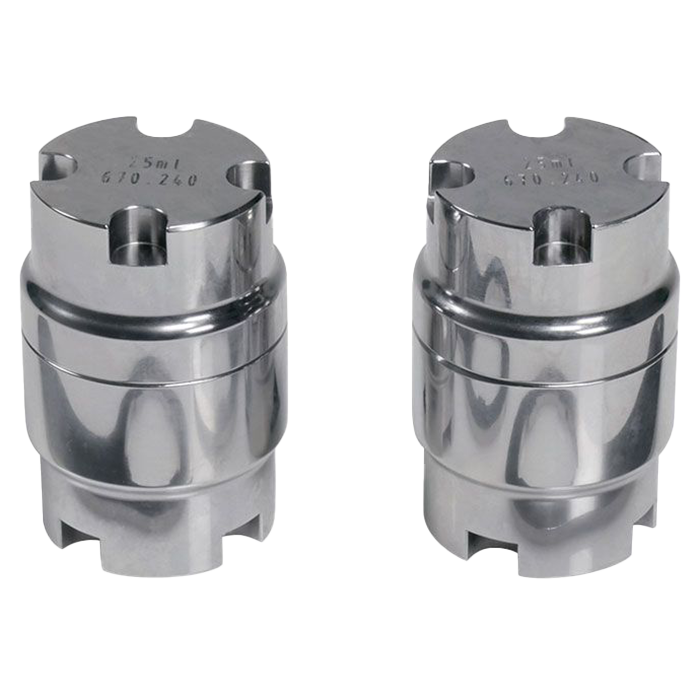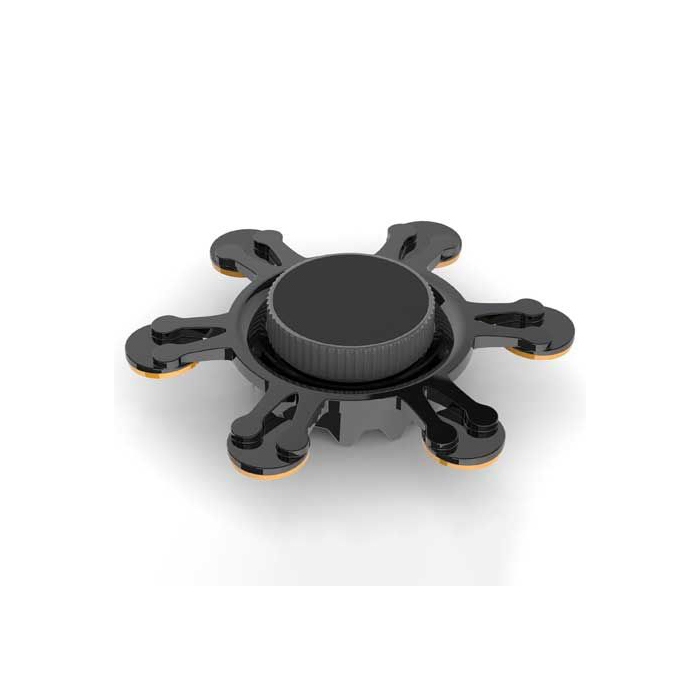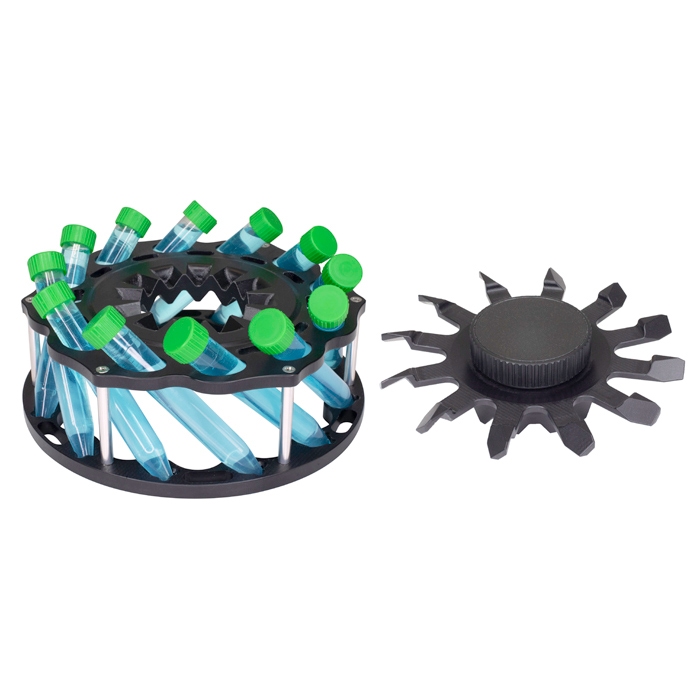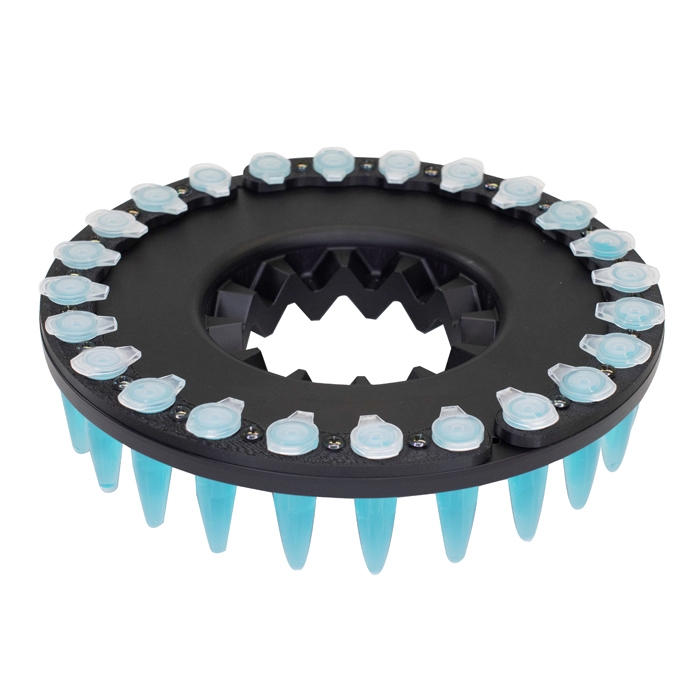Explore our solutions
Featured resources


Filters
1 - 17 of 17 Products and Services
The 2 mL Stainless Steel Lysing and Grinding Cryo Tubes provide a solution for processing extremely hard substrates or where a robust tube is required that can be frozen with liquid nitrogen to preserve thermally labile analytes.
Active Grinding Media (AGM) are suited for grinding applications where beads or balls do not provide sufficient processing. Maximize sample capacity in 30 or 50 mL tubes (up to 5 grams). AGM assists in the grinding of cannabis flowers and candies, enhancing the extraction of cannabinoids. AGM is also suitable for processing vitamin tablets, seeds, and other hard samples. AGM provides more significant particle size reduction than other methods for enhancing analyte recovery for any downstream analysis, such as LC-MS/MS.
Bead Ruptor 96 Stainless Steel Milling Balls for use in combination with Milling Jars
Tube carriage holds 12 x 7 mL Skirted Screw Cap Tubes.
Compatible with 1.5 mL, 2 mL (24 position only), 7 mL, 30 mL, and 50 mL Tube Carriages. Requires separate purchase of the tube carriages.
Tube carriage holds 24 x 2 mL or 0.5 mL Tubes.
Tube Carriage holds 48 x 2 mL or 0.5 mL Tubes.
Finger plates compatible with 48 Position 2 mL Tube Carriage only. Requires separate purchase of the tube carriage.
Tube carriage holds 48 x 2 mL or 0.5 mL Tubes.
Tube Carriage holds 6 x 30 mL Tubes.
Bead Ruptor 96 Stainless Steel Milling Jars are designed for rapid and efficient disruption of larger samples.
Finger plates compatible with tube carriage that holds 6 x 30 mL Tubes. Requires separate purchase of the tube carriage.
Tube Carriage holds 12 x 15 mL conical centrifuge tubes.
Microcentrifuge tube carriage holds 24 x 1.5 mL Tubes.
































